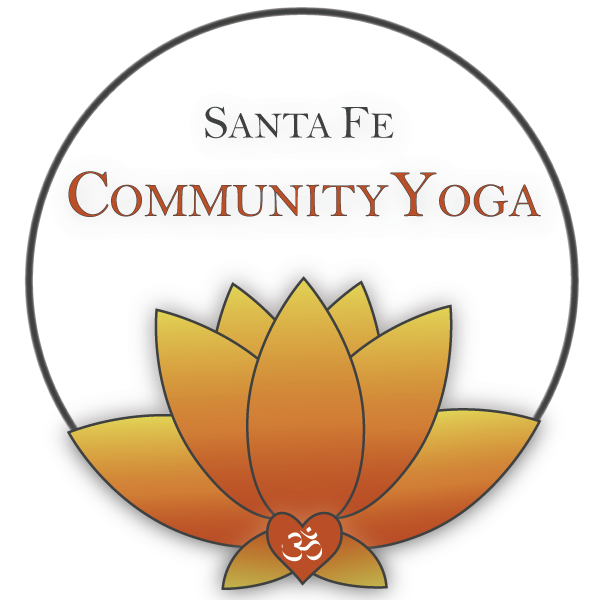Blog post by Eliza Skye
“Sometimes you wake up. Sometimes the fall kills you. And sometimes, when you fall, you fly.
”
Inspiration comes from the Latin word inspirare, which means "to breathe into". The Greeks believed that inspiration comes to a receptive spirit. It doesn’t matter who the spirit is living inside of or how much training that person has had in any given art form. Inspiration is a divine act, coming from the universal source (which we discussed in June with Prana in the air). Freud believed that artists, who are frequently the recipients of inspiration, are both fundamentally special and fundamentally wounded. Inspiration is no longer studied in the modern day, by psychologists believe it is a purely internal experience, coming directly from the subconscious or unresolved childhood trauma. The one thing that the spiritual and scientific views of inspiration have in common is that is it beyond consciousness and therefore beyond our control.
Pose: Sirsanana (Headstand)
Often referred to as the “father” or “king” of yoga asana (poses), Sirsasana is a challenging pose with many benefits once the shape can be correctly practiced. One must have a strong core in order to lift up into headstand, with the support of the shoulders and neck. Blood rushes to the head and face, which slows and reverses signs of aging in the shin as well as stimulates the pituitary and pineal glands. It is said to improve digestion (I tend to practice Sirsasana after eating, much to other people’s dismay). The reversal of gravity also helps the lungs, diaphragm and skin. Headstand relieves some symptoms of asthma, menopause, infertility, insomnia, headaches and sinusitis. Finally, it calms the mind and relieves stress and mild depression. The rush of blood to the brain can help to stimulate the flow of creativity by flushing out the old and bringing in new, fresh oxygen to one of the most blood-heavy areas of the body. This pose can always be practiced against the wall and should be approached with caution. Child’s pose as a counter pose is strongly encouraged.
Mudra: Apana Mudra
Apana Mudra, the Mudra of Digestion, also has a lot to do with flushing out the old to bring in the new, as it is most known for regulating the excretory system. Though this is a topic of human health we tend to avoid, it is worth discussing, as its function is extremely important for overall well being. Our excrement has a lot to say to us if we choose to pay attention to it, and often it is one of the first things an Ayurvedic practitioner will ask about before giving nutritional advice. Apana Mudra is also known for its ability to help calm the onset of diabetes. It pacifies problems related to eyes, ears, nose, mouth, teeth. Apana mudra helps with uncomfortable symptoms of menstruation and reduces any burning sensations in the hands, heart, lungs and urine. It is best practiced in a seated position, such as sukhasana, but can be added to any standing asanas as well.
Visual Focus: Fruit of Life
The Fruit of Life is represented by thirteen spheres and can be found in the Flower of Life. The thirteen spheres, though seen here as a two dimensional shape, is three dimensional and found all throughout the universe. The number thirteen is special in sacred geometry, as it represents unity and transforming to a higher dimension. In music, on a chromatic scale of twelve notes, once you hit the thirteenth note, you are in a higher octave and therefore a higher dimension. We can look at this shape as inspiration for traveling the path toward unity between all beings,and also draw from the shape inspiration for living in this plane of reality.





